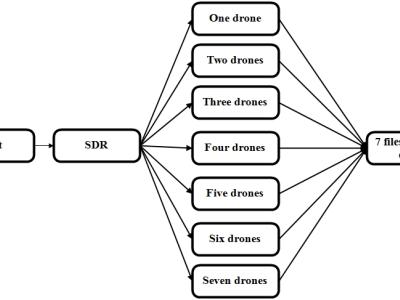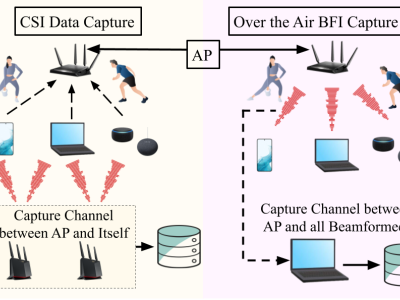5G RSSI-based drone count dataset using software defined radio

- Citation Author(s):
-
Vidya RaoRakshith RavisankarSriram Mahateja AkellaLinga Reddy Cenkeramaddi (ACPS Group, Department of ICT, University of Agder)
- Submitted by:
- SREENIVASA REDDY YEDURI
- Last updated:
- DOI:
- 10.21227/e3x5-mz35
- Data Format:
Abstract
This dataset provides high-grade Received Signal Strength Indicator (RSSI) data collected from a set of experiments meant to estimate the number of drones present in a closed indoor space. The experiments are conducted varying the number of drones from one to seven, where all the variations in RSSI signal data are captured using a 5G transceiver setup established using Ettus E312 software-defined radio. There are seven files in the database, with a minimum of about 270 million samples. Each file contains the RSSI against a number of active drones, which gives a unique view on the variability of signal strength for multi-drone cases. This would naturally lead to the use of that data for training machine learning models for application in security, indoor localization, and drone traffic management.
Instructions:
All files written by File Sink are in pure binary format with no metadata.
To read the files from Python, use the following instructions:
import numpy
f = numpy.fromfile(open("filename"), dtype=)
Where dtype is one of numpy.int16, numpy.int32, numpy.float32, numpy.complex64 or whatever type you were using.
To read the files from MATLAB, use the following instructions:
f = fopen('filename', 'rb');
values = fread(f, Inf, 'float');
Replace 'float' with 'short','int' or 'char' as appropriate. Use complex_v = values(1:2:end) + values(2:2:end)*i; to convert interleaved real, imaginary values to an array of complex values.
Further details can be found on https://wiki.gnuradio.org/index.php/File_Sink
 13 views
13 views






